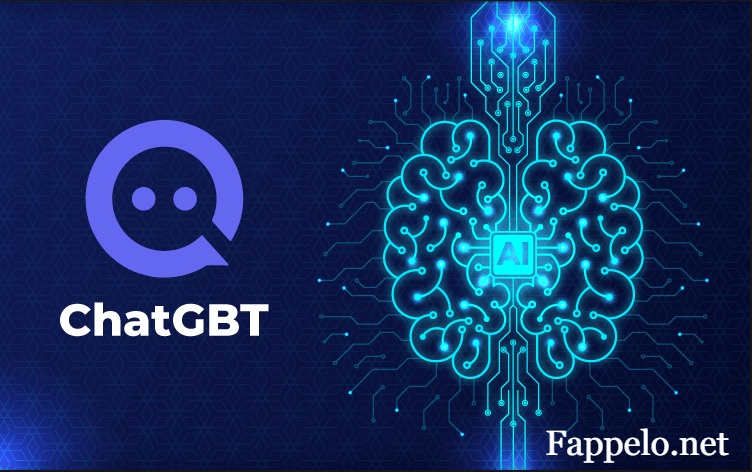Introduction
In today’s digital world, cyber threats are more sophisticated than ever, lurking in the shadows and waiting for the perfect opportunity to strike. One such silent yet dangerous threat is 24ot1jxa—a malware or spyware that infiltrates devices without users even realizing it. Unlike traditional viruses that cause immediate damage, 24ot1jxa operates stealthily in the background, collecting personal data, monitoring online activities, and compromising security without raising red flags.
Imagine waking up one day to find your financial accounts drained, your personal information exposed, or your device running sluggishly for no apparent reason. That’s the devastating power of 24ot1jxa. Hackers use it for identity theft, financial fraud, and even corporate espionage, making it one of the most concerning cyber threats today.
But how does it spread? What makes it so harmful? And most importantly, how can you protect yourself? In this article, we’ll dive deep into the origins, operations, risks, and preventive measures against 24ot1jxa, ensuring you stay one step ahead of cybercriminals. Let’s get started!
What is 24ot1jxa?

At first glance, 24ot1jxa may seem like a random string of characters, but it’s actually a highly sophisticated cyber threat. This malware or spyware operates covertly, often infiltrating devices without raising red flags.
Origins and Purpose
Unlike traditional viruses, 24ot1jxa is designed to silently collect data, monitor user activities, and even gain unauthorized access to sensitive information. Hackers use it for various malicious purposes, such as identity theft, financial fraud, and corporate espionage.
How It Operates in the Background
Once 24ot1jxa infects a system, it runs silently in the background. It might log keystrokes, steal login credentials, or gain remote control of a device. This stealthy nature makes it especially dangerous since users may remain unaware of its presence for extended periods.
Why 24ot1jxa is Considered Harmful
Data Theft and Privacy Invasion
One of the biggest risks of 24ot1jxa is its ability to steal sensitive personal and financial information. Whether it’s your bank details, login credentials, or private messages, this malware can intercept and transmit them to cybercriminals.
System Performance Issues
Malware like 24ot1jxa consumes system resources, leading to slower performance, frequent crashes, and even overheating in some cases. If your device suddenly lags or behaves abnormally, you might have an infection.
Potential for Financial Losses
With access to your financial data, hackers can drain your bank account, make unauthorized purchases, or even sell your details on the dark web. Businesses are particularly at risk, as 24ot1jxa can compromise corporate data and customer information.
How 24ot1jxa Spreads
Common Infection Methods
- Phishing Emails – Clicking on malicious links or downloading attachments from unknown sources.
- Compromised Websites – Visiting infected sites can trigger automatic downloads.
- Free Software and Torrents – Malware often hides within pirated software or freeware.
- USB Drives and External Devices – Connecting an infected device can spread the malware.
Signs That Your Device is Infected
- Unusual Pop-ups and Ads – Frequent and suspicious pop-ups could indicate infection.
- Sluggish Performance – A sudden drop in speed or efficiency might mean malware is consuming resources.
- Unauthorized Transactions or Logins – If you notice strange activity in your accounts, your credentials may be compromised.
- Disabled Security Programs – Malware often disables antivirus software to avoid detection.
Steps to Protect Yourself
Best Practices for Cybersecurity
- Avoid Clicking Suspicious Links – Verify sources before opening attachments or links.
- Keep Software Updated – Regular updates fix security vulnerabilities.
- Use Strong Passwords – Implement two-factor authentication where possible.
Removing 24ot1jxa from Your Device
- Run a Full System Scan – Use reputable antivirus software.
- Disconnect from the Internet – Prevent further data transmission.
- Enter Safe Mode – This can stop malware from running actively.
- Uninstall Suspicious Programs – Check for unfamiliar software in your system settings.
- Reset or Restore Your Device – As a last resort, factory resetting can remove persistent infections.
Preventive Measures to Stay Safe
- Regularly Back Up Data – Store important files in a secure location.
- Enable Firewall and Security Features – Use built-in security tools for extra protection.
- Educate Yourself on Cyber Threats – Awareness is your first line of defense.
Conclusion
The threat of 24ot1jxa is real, and it’s critical to take proactive steps to protect yourself. This insidious malware operates in the shadows, stealing data, slowing down devices, and putting financial security at risk. By staying informed, following cybersecurity best practices, and using robust security tools, you can safeguard your digital life from this hidden menace.
FAQs
How do I know if I have 24ot1jxa on my device?
Common signs include slow performance, frequent pop-ups, disabled security features, and unauthorized account activities.
Can antivirus software detect 24ot1jxa?
Yes, but some advanced versions of this malware are designed to evade detection. Always use updated and reputable antivirus programs.
What should I do if my device is infected?
Run a full system scan, disconnect from the internet, enter safe mode, uninstall suspicious software, and reset your device if necessary.
Is 24ot1jxa only found on computers?
No, it can also infect smartphones, tablets, and even smart home devices.
How can I prevent future infections?
Avoid clicking on suspicious links, update your software regularly, use strong passwords, and enable security features like firewalls and two-factor authentication.



